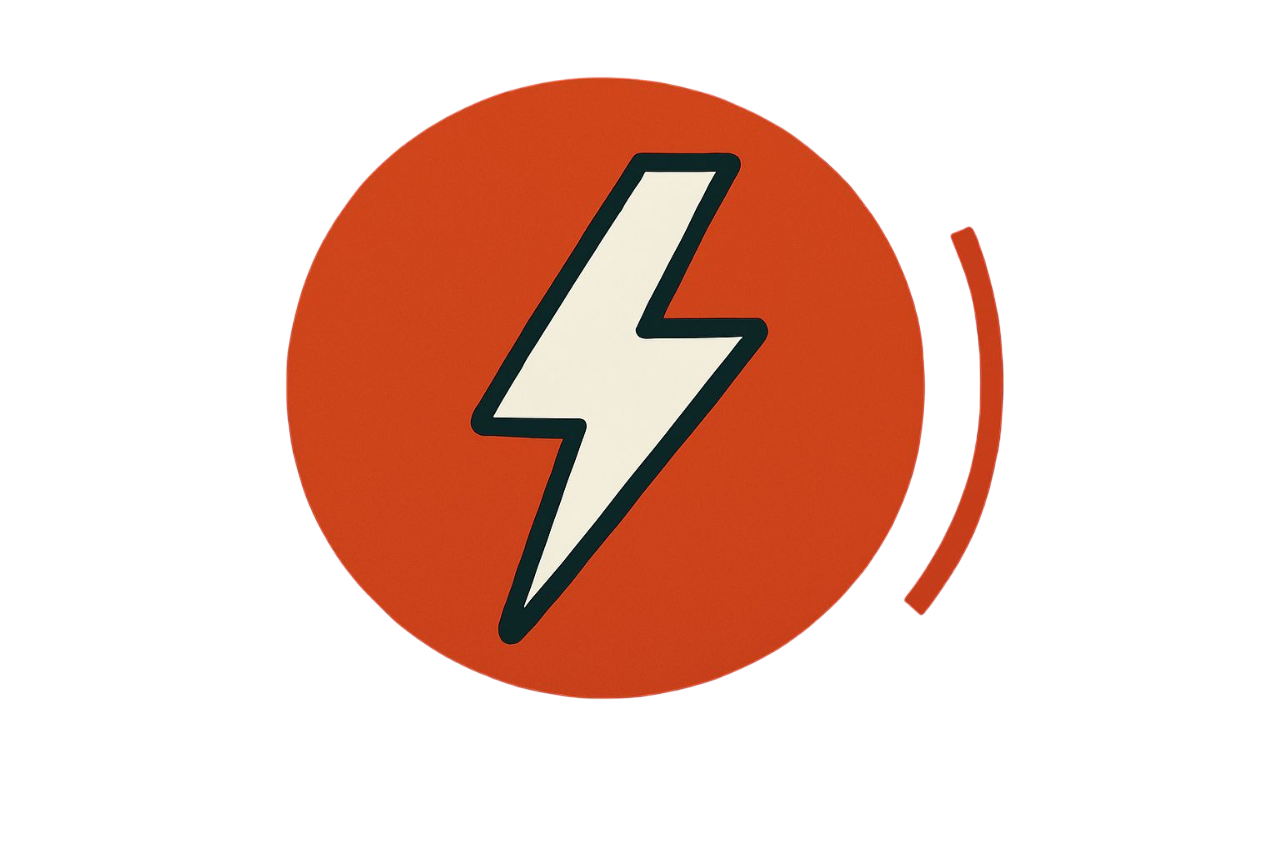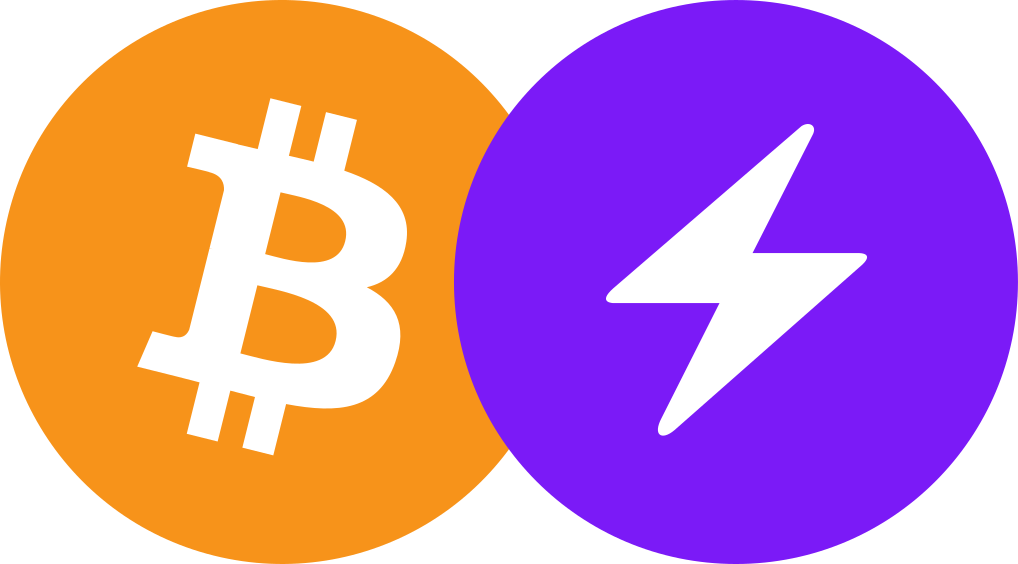3.2 Layer-2 Scaling: Lightning Network Channels and Routing

Bitcoin’s base layer intentionally limits block size and frequency to preserve security and decentralization. This means only about 3–7 transactions per second (TPS) can fit on-chain, causing fees to rise during peak use. This is far below traditional systems like Visa’s thousands of TPS. To address this, the Lightning Network was developed as a layer-2 solution. Lightning allows users to open peer-to-peer payment channels: two parties lock up some BTC in a shared multi-signature address and then send many signed balance updates off-chain.
What is the Lightning Network?
The Lightning Network is a second-layer solution built on top of Bitcoin’s blockchain to address its scalability limitations. Introduced in 2015, by Joseph Poon and Thaddeus Dryja and launched by Lightning Labs in 2017, it was designed to improve Bitcoin’s scalability by enabling near-instant, ultra-low-cost transactions.
Bitcoin’s blockchain, or “layer 1,” can process only about 3–7 transactions per second, leading to delays and high fees during peak usage. The Lightning Network enables faster and cheaper transactions by processing them off-chain so the main network can run faster, while also leveraging Bitcoin’s security. It’s like an express lane on a highway, allowing Bitcoin to handle more transactions efficiently, making it suitable for everyday uses like buying coffee or tipping online.

Why It Matters
Bitcoin was designed as a peer-to-peer electronic cash system, but its slow transaction speeds (a block every 10 minutes) and high fees during congestion hinder its use for small, frequent payments. The Lightning Network allows users to create payment channels where they can transact multiple times off-chain, recording only the opening and closing transactions on the blockchain. This reduces costs and speeds up transactions to near-instantaneous levels, with fees often less than a cent. It supports use cases like micropayments, streaming payments, or cross-border transfers, enhancing Bitcoin’s utility as a global currency.
How the Lightning Network Works
Mechanics of Payment Channels
The Lightning Network operates through bidirectional payment channels, secured by Bitcoin’s blockchain. Here’s how it works in simple terms:
1. Opening a Channel: Two users, say Lucy and James, create a payment channel by depositing Bitcoin into a multi-signature address on the blockchain, requiring both parties’ signatures to spend. This is recorded as an “opening transaction”
2. Off-Chain Transactions: Within the channel, Lucy and James can make unlimited transactions, updating their balances without broadcasting to the blockchain. These transactions are instant and incur minimal fees, as they’re handled directly between the parties using smart contracts.
3. Closing the Channel: When done, they broadcast the final balance to the blockchain as a “closing transaction,” settling the net amount. For example, if Lucy sends James 0.1 BTC multiple times, only the final balance (e.g. Lucy: 0.9 BTC, James: 1.1 BTC) is recorded.
Routing Payments
The Lightning Network also allows payments between users without a direct channel through routing. If Lucy wants to pay David but lacks a direct channel, she can route the payment through James, provided James has channels with both Lucy and David. This creates a network of interconnected channels, enabling scalable transactions across many users.
Benefits and Challenges
Benefits
Speed: Transactions are near-instant, unlike on-chain confirmations taking 10 minutes or more. Transactions don’t wait for confirmation by every node.
Low Fees: Fees are often fractions of a cent, ideal for microtransactions.
Scalability: By batching many payments into a few on-chain transactions, Lightning offloads congestion from Bitcoin’s base layer. This increases overall network throughput without changing Bitcoin’s core rules.
Privacy: Lightning payments are only announced to the channel participants and any nodes routing the payment. Intermediate nodes see only partial routing information, so Lightning provides more privacy than on-chain transactions.
Global Reach: Because it’s built on Bitcoin, Lightning has no borders. It supports cross-currency use too (e.g. stablecoins via Taproot Assets), enabling cheap remittances and international transfers without intermediaries.
These features let Lightning serve real-world use cases that Bitcoin alone struggles with—for example, buying coffee, streaming content by the second, in-game purchases, or any scenario needing fast, tiny payments.
Challenges
Liquidity: Channels require sufficient funds, and managing liquidity can be complex.
Routing Complexity: Finding efficient paths in a large network can be challenging.
User Experience: Setup and management may intimidate non-technical users, though wallets like Phoenix and Breez simplify access.
Real-World Adoption
Lightning is already in wide use by companies and users. The network now comprises thousands of nodes and channels and billions of dollars of capacity.
Major crypto services have adopted Lightning:
- Coinbase: Integrated Lightning in April 2024. By 2025, about 15% of all Bitcoin transactions on Coinbase were routed over Lightning, demonstrating that large exchanges can offload volume to Lightning.
- Block: Fintech company, Block, also uses Lightning extensively. Lightning co-founder Graham Krizek notes that 25% of Block’s Bitcoin payments flow over Lightning.
- Social Tipping: Platforms like X (formerly Twitter), via the Strike wallet, let users tip each other in sats (short for satoshis—the smallest unit of Bitcoin), instantly. For example, X’s Lightning-powered tipping plugin allows users to send Bitcoin tips for free.
- Nationwide Payments: El Salvador made Bitcoin legal tender in 2021 and built the Chivo wallet with Lightning support. This allows Salvadorans to send remittances and local payments rapidly and cheaply on Lightning.
- Peer-to-peer and Merchants: Services like Paxful (peer-to-peer exchange) and Bitrefill (gift cards/gaming credit) have added Lightning to speed up transactions and cut fees. Payment processors (e.g. CoinGate) report rising Lightning usage: one study found 16% of all Bitcoin orders on CoinGate used Lightning by 2024 (up from 6.5% in 2022).
These real-world integrations show Lightning’s growing ecosystem. Users today can download Lightning-enabled wallets (Muun, Phoenix, BlueWallet, etc.) and send instant payments globally for pennies. More businesses (exchanges, merchants, apps) continue adding Lightning support to offer the “instant settlement” and low fees that modern payment systems demand. In summary, Lightning’s practical benefits—fast transactions, low cost, and micro-payment capability—are driving increasing adoption in the Bitcoin economy.
In our exploration of the Lightning Network and routing, we've seen how Bitcoin can scale through off-chain payment channels, enabling faster and cheaper transactions. But while these networks operate off-chain, they still depend on the Bitcoin blockchain for settlement and security.
To understand the full picture, we need to look at what secures the base layer itself: mining. The process of mining not only validates transactions and adds them to the blockchain but also regulates the issuance of new bitcoins and maintains network consensus. Let’s now turn to Mining Dynamics: Global Hashrate Distribution and Sustainability — the underlying forces that keep the Bitcoin network secure and decentralized.

